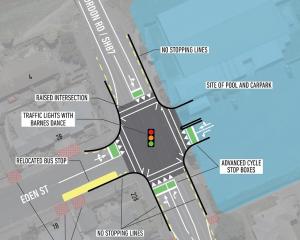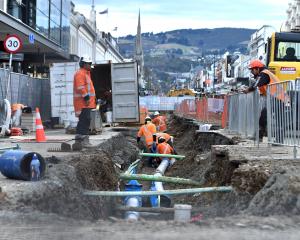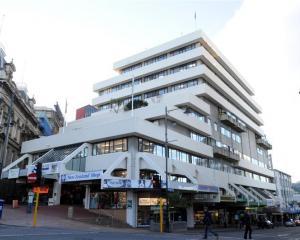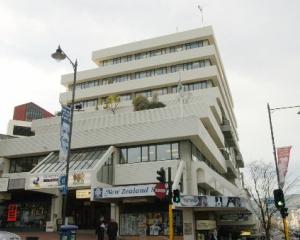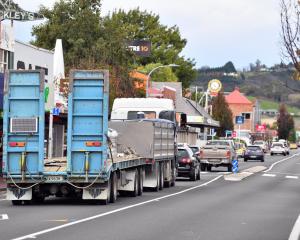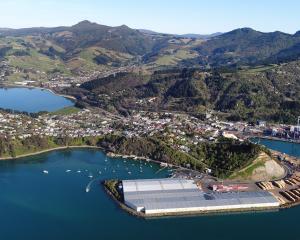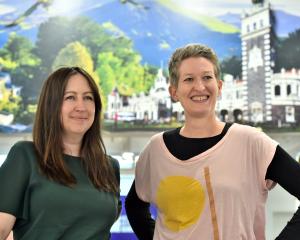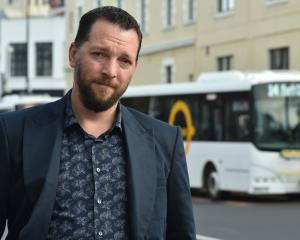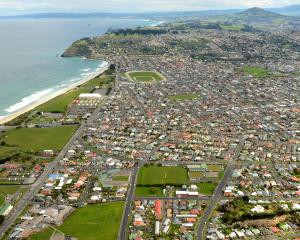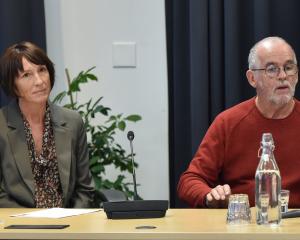Calvin Oaten runs his financial ruler over Dunedin city's draft annual plan and is alarmed by what he sees.
Quo vadis, Dunedin? Loosely translates, Dunedin, where are you going?
This seems a valid question as we again are asked to consider the draft annual plan.
We all received the summary statement, and some of us will have the full 354-page document. The first paragraph of Mayor Dave Cull's sophistical message states:
"Achieving an affordable budget while keeping Dunedin moving forward is the challenge facing the Dunedin City Council."
Well, how did they do? First off, staff presented to the council a budget calling for an increase of 11.9% in rates. This would add $13.23 million to a total rates bill of $124.4 million.
So, after a lot of serious talk and hours of deliberation, the increase was settled at 4.9%. An increase of $5.45 million to total $116.62 million.
This of course means a reduction in income of $7.78 million to the DCC's coffers, which must be compensated by more borrowing or a reduction in services.
Which is it to be? Let's move to page 10 where we see a graph demonstrating the city's actual debt, its projected debt, and the effect of the stadium on that debt.
It claims the debt now stands at $227.726 million, because of some $150 million being transferred to DVL, the council-owned company set up expressly to take ownership of the stadium.
This simply means DVL's debt has been taken off the table and put on the mantlepiece, it has not left the room.
So, the real debt is about $378 million.
Next year, the debt is to rise to $248.578 million plus DVL's to total $398.58 million. How realistic are these graphs?
I go back five years to 2007-08 and find it at $105.5 million. Back another five years to 2002-03 it was $52.465 million. So we can see a frightening trend here.
How did this remarkable escalation start? Well, it is all to do with the debt-funded programmes instigated by the staff, CEO, mayor and councillors at the time.
There was the Tahuna pipeline extension, the Otago Settlers Museum, the town hall conference centre and of course the stadium. All these are debt-funded, no equity of any consequence at all.
Then of course there are the other lesser expenditures for various items to allay community itches. The pipeline is infrastructure but the other three are just nice-to-have items, which (despite protestations to the contrary) are unlikely to produce revenue to cover their operating expenses, let alone service and pay down their debt.
The Otago Settlers Museum will only have revenue from visitor entry fees and the occasional sponsor.
Citizens of course have free entry (at least they had) so that only leaves visitors.
With some $40 million of debt here, it's not hard to see the outcome.
Then there is the town hall and conference centre, which is costing about $50 million.
This was given the go-ahead on the basis of a consultant's report, which I am privy to, which indicates on completion, by 2016, we could expect 36 conferences per year to be held in the complex.
This is an increase of 20 on the 16 hosted in 2008.
Even if that is achieved, the report indicates with all revenue over expenses, including debt-servicing, it will show a deficit of some $4.5 million.
Obviously, any reduction in the number of events will increase that deficit.
The stadium of course, has been well-canvassed.
So how is all this debt to be serviced?
That is the question, and we have been regaled by all sorts of models and formulas, none of which are convincing.
There is the plan to increase the period of payment for the stadium from 20 years to 40 years, and we are being asked what is our preference.
There are some indicative costs and consequences indicated to the ratepayers covering the two alternatives.
But there is so much information missing it is not possible for anyone to make an informed decision.
We don't know the final cost of the stadium, nor the other two projects, and of course there is the Tahuna sewage treatment upgrade, which is not even costed yet, but is tentatively about $100 million.
One of the more frightening aspects I stumbled upon in the current annual plan is an unhighlighted item of "interest capitalisation".
This is simply not paying due interest, but rather adding it to the debt.
Now, it can be argued this is a standard procedure for financing projects through to completion, whereupon the revenue will be sufficient to cover the borrowing costs plus a profit on the investment.
That is what property developers do.
But, as I have said, our projects don't produce the revenue.
I decided to look further into the interest capitalising and find it first appeared in the 2007-08 plan. During the next six years to 2011-12, a total of $31.996 million has been added to the mortgage.
Worse, in the new budget, it is to be $8.37 million, thus explaining in part how the reduction in rates increase is covered.
In fact, through to 2019-20 there is provision to capitalise $11.08 million for a total of $43.08 million.
That's right, the price of the Otago Settlers Museum just in interest, which in turn will itself attract interest.
I think we can all see the inherent peril of compounding debt.
Having embarked on this unparalleled reckless spending, it is the only way it can now see to avoid directly hitting the ratepayer.
Particularly now DCHL has served notice it can no longer sustain the interest/dividend policies demanded of it in the past.
A debt "ziggurat" to who knows where?
Who was it who said "that the road to hell is paved with good intentions"?
Calvin Oaten, of Pine Hill, has been a regular and strong critic of "excessive" council spending. Draft annual and long-term plan hearings begin on May 9.


